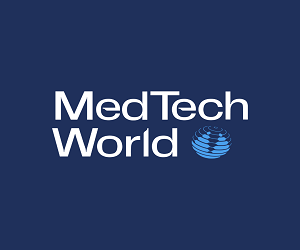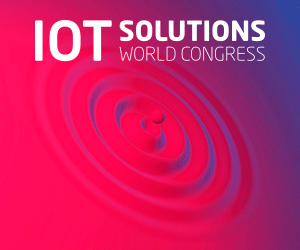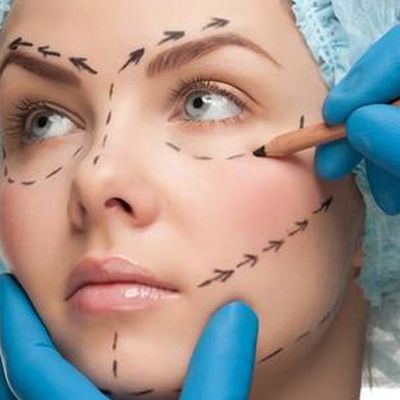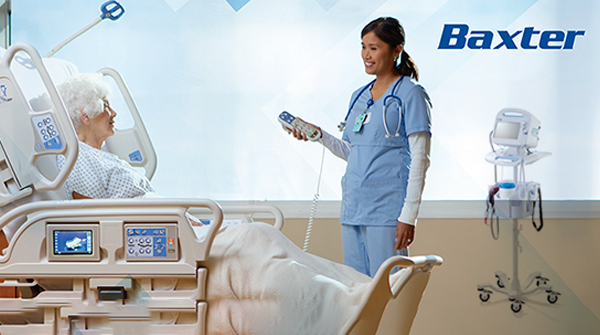Articles
Medical Imaging Technology Advancements: Revolutionizing Healthcare Diagnosis
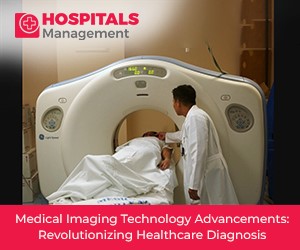
Introduction:
In the realm of modern healthcare, few fields have witnessed the transformative power of technology as profoundly as medical imaging. From its humble beginnings to the sophisticated systems of today, medical imaging technology advancements have revolutionized diagnosis, treatment, and patient care. This article delves into the dynamic progress within this domain and its resounding impact on the practice of medicine.
Medical Imaging Technology Advancements
1. Computed Tomography (CT) Scans:
The journey of medical imaging leaps forward with computed tomography (CT) scans. Advancements in this technology have shattered the boundaries of traditional radiography. The introduction of multi-detector CT (MDCT) scanners has enabled rapid data acquisition and 3D reconstructions of the body's internal structures. These advancements have revolutionized diagnosis by offering unprecedented clarity in the visualization of complex anatomical formations and pathologies.
2. Magnetic Resonance Imaging (MRI):
The landscape of medical imaging is redefined by magnetic resonance imaging (MRI). The convergence of high-powered magnets and advanced software algorithms has resulted in exquisite image resolution and tissue differentiation. Beyond static images, functional MRI (fMRI) has unraveled the brain's intricate networks, offering insights into neurological disorders and cognitive processes.
3. Positron Emission Tomography (PET):
Positron emission tomography (PET) stands at the forefront of molecular imaging advancements. The fusion of PET with computed tomography (PET/CT) or magnetic resonance (PET/MR) imaging offers a comprehensive view of metabolic activity, aiding in early disease detection and treatment assessment. The emergence of novel radiotracers continues to expand the clinical utility of PET in oncology, cardiology, and neurology.
4. Ultrasound Technology:
Ultrasound technology has transcended its conventional role, thanks to technological strides. Three-dimensional (3D) and four-dimensional (4D) ultrasound have revolutionized prenatal care by offering real-time insights into fetal development. Moreover, contrast-enhanced ultrasound (CEUS) is emerging as a versatile tool for assessing blood flow dynamics and detecting various vascular abnormalities.
5. Nuclear Medicine:
Nuclear medicine's journey is propelled by innovative therapies and diagnostics. Targeted radiopharmaceutical therapies are poised to revolutionize cancer treatment, delivering precise doses of radiation to malignancies while sparing healthy tissues. The advent of theranostics has ushered in an era of personalized medicine, enabling simultaneous diagnostics and therapy guidance.
6. Integration of Artificial Intelligence and Machine Learning:
Artificial intelligence (AI) has galvanized medical imaging with newfound capabilities. Deep learning algorithms can rapidly analyze vast amounts of image data, aiding radiologists in early detection and accurate diagnosis. AI-powered systems empower clinicians to predict disease outcomes, allowing for timely intervention and personalized treatment strategies.
7. Advancements in Image-Guided Interventions:
Medical interventions are redefined by the synergy between imaging and real-time guidance. Image-guided systems offer unprecedented precision in minimally invasive procedures. These technologies find applications in various specialties, including cardiac interventions, neurosurgery, and orthopedics, enhancing patient outcomes and minimizing post-operative complications.
8. Synergy of Virtual Reality (VR) and Augmented Reality (AR) in Medical Imaging:
The harmonious convergence of virtual reality (VR) and augmented reality (AR) with medical imaging has ushered in immersive educational and visualization realms. Surgeons can meticulously hone their techniques by practicing complex procedures within a simulated, risk-free virtual setting, effectively refining their skills before facing real-world challenges in the operating room. In the sphere of medical education, the amalgamation of interactive VR and AR tools captivates students, enriching their understanding of intricate anatomical structures and fostering a deeper grasp of complex medical principles.
9. Medical Imaging's Role in Precision Medicine:
In the age of precision medicine, medical imaging technology has emerged as a formidable enabler. The capacity to depict an individual's anatomy and physiological intricacies in unmatched detail opens doors to personalized treatment strategies. By customizing therapies according to each patient's distinct attributes, healthcare practitioners can fine-tune treatment results while mitigating potential side effects. Within this context, medical imaging assumes a pivotal role in pinpointing biomarkers, monitoring disease advancement, and evaluating treatment reactions, equipping healthcare providers with the insights needed to make well-informed decisions tailored to each patient's needs.
10. Advancements in Radiomics and Quantitative Imaging:
Radiomics, a field at the intersection of imaging and data analysis, is revolutionizing medical imaging interpretation. By extracting and analyzing a multitude of quantitative features from medical images, radiomics provides valuable insights into disease characteristics and behaviors. This approach is particularly valuable in oncology, where radiomics can predict tumor aggressiveness, treatment response, and patient outcomes. Quantitative imaging techniques, combined with AI, further enhance radiomics by enabling the extraction of intricate details from images that might not be discernible to the human eye.
11. Ethical and Regulatory Considerations:
While medical imaging advancements bring immense benefits, they also raise ethical and regulatory considerations. The integration of AI in diagnosis prompts questions about the role of human expertise and accountability. Ensuring patient data privacy and security is crucial in an era where sensitive medical information is digitized and transmitted across networks. Regulations must evolve to keep pace with these technological advancements, striking a balance between innovation and patient safety. Stricter guidelines are needed to validate AI algorithms, ensure equitable access to advanced imaging technologies, and mitigate potential biases in algorithms that could disproportionately affect certain populations.
12. Future Directions and Emerging Technologies:
The journey of medical imaging technology advancements is far from over. Emerging technologies hold the promise of even more transformative changes. Nanotechnology could enable imaging at the cellular level, opening doors to the early detection of diseases at their inception. Quantum imaging has the potential to revolutionize imaging precision, offering unprecedented clarity and sensitivity. Moreover, the integration of imaging with wearable devices and remote monitoring systems could create a continuous stream of health data, facilitating proactive interventions and personalized health management.
13. Challenges and Opportunities in Developing Countries:
While medical imaging advancements offer substantial benefits, disparities in access and resources persist, particularly in developing countries. High costs of acquiring and maintaining advanced imaging equipment, coupled with the shortage of trained professionals, hinder the adoption of these technologies in certain regions. However, these challenges also present opportunities for collaboration, innovation, and the development of cost-effective solutions. Telemedicine, mobile imaging units, and educational initiatives can help bridge the gap and bring the benefits of medical imaging to underserved populations.
14. Empowering Patient-Centered Care and Collaborative Decision-Making:
The progress of medical imaging technology empowers patients to assume a more proactive role in their healthcare paths. Granting access to comprehensive imaging outcomes cultivates informed dialogues between patients and medical professionals. The process of shared decision-making is significantly enhanced when patients can visually comprehend their conditions and potential treatment avenues. Embracing this patient-centric methodology cultivates trust, elevates adherence to treatment plans, and nurtures a heightened sense of empowerment and engagement within the realm of healthcare.
15. A Paradigm Shift in Medical Education:
The integration of advanced medical imaging into education marks a profound shift in how healthcare professionals are trained. Students can now engage with realistic 3D models of anatomical structures and pathologies, enhancing their understanding and clinical reasoning skills. Medical schools and training programs are incorporating VR and AR platforms that simulate surgical procedures, enabling students to practice and refine their techniques in a controlled environment. This paradigm shift is fostering a new generation of highly skilled and well-prepared medical professionals.
Conclusion:
The relentless progress in medical imaging technology is propelling healthcare into uncharted territories. As these advancements continue to unfold, they reshape the landscape of medicine, enabling faster and more accurate diagnoses, precise treatments, and enhanced patient experiences. The fusion of technology and healthcare promises a future where medical imaging serves as a cornerstone of medical practice, driving improved outcomes and ultimately elevating the quality of human life.

